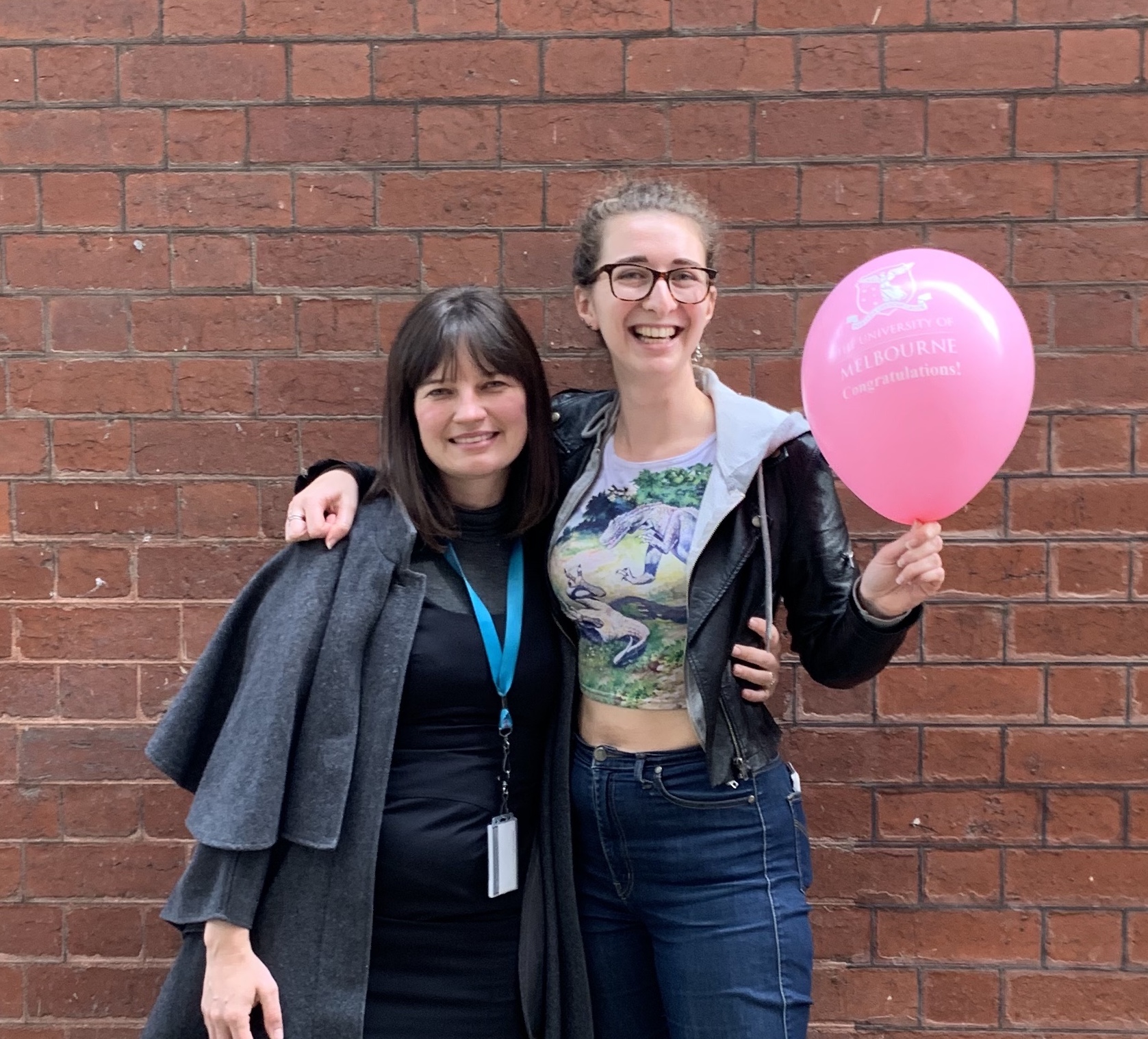This blog features in UN International Day of Women and Girls in Science 2021.
Over the last 40 years, studies have asked different groups of young children to draw a scientist – and consistently across the four decades they have drawn a white man.
This assumption is not necessarily unfounded; one just needs to look at Nobel prizes to understand that science has traditionally been a male and white endeavour. This has been slowly changing, as women have been allowed to publish their own research, not to have to publish only with a male academic, as used to be the case. However, throughout my career I have had the privilege of working with many excellent women in STEM as well as men dedicated to ensuring gender equity in biology.
Throughout my PhD at the University of Melbourne, I was involved in many gender equity initiatives, and I believe I made some small, incremental but positive changes. – Amy Shepherd
I could fill many pages with anecdotes of my past colleagues and supervisors, but I want to focus on one idea: budding scientists should be encouraged to explore and develop in areas other than pure scientific research. Throughout my PhD at the University of Melbourne, I was involved in many gender equity initiatives, and I believe I made some small, incremental but positive changes. This could have been viewed, and was by some students and supervisors, as a waste of time; as a distractor from the scientific research I was doing; that these things would just balance out given time so why sink energy into making that change happen quicker? However, my supervisor, Dr. Emma Burrows, encouraged me to take part in these initiatives, as she does herself. Dr. Burrows is passionate about championing change in the Australian research sector. She is a board director of Women in STEMM Australia, co-founding member of Women in Science Parkville Precinct, and past chair of The Florey Equity committee.

Dr. Burrows encouraged me to make my equity work a keystone in my CV and applications to postdoctoral fellowships, rather than hide it away in case it made my prospective employers think I wouldn’t put the same amount of effort into my research as a candidate who didn’t do these things. I reject this idea, and further, did not want to work for someone who would view equity work as a distraction, rather than the important work that needs to be done in STEM.
By actively seeking leadership that encourages diversity and equity in STEM, we start to address this issue. I am inspired by my current supervisor at Harvard Medical School, Dr. Meenakshi Rao, and the work she does as an interdisciplinary scientist to bridge multiple fields, and her support of my equity interests; this makes me happier at work, and thus helps me produce better science. This is the best advice I could give to upcoming scientists; find someone who will support you and your passions both in and out of research, and in that environment, you’ll be able to do your best research.